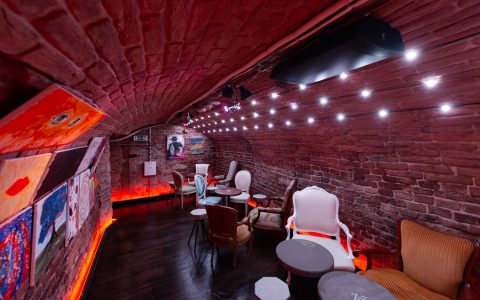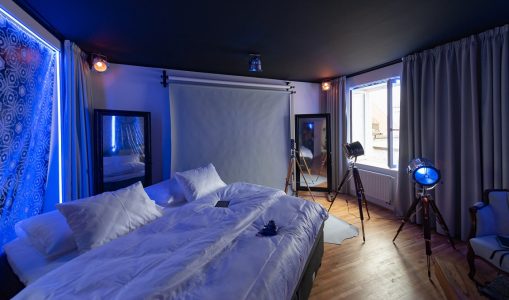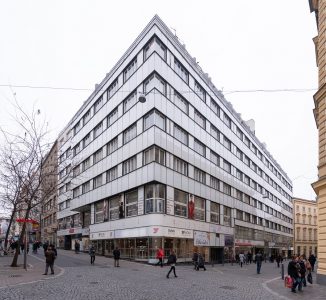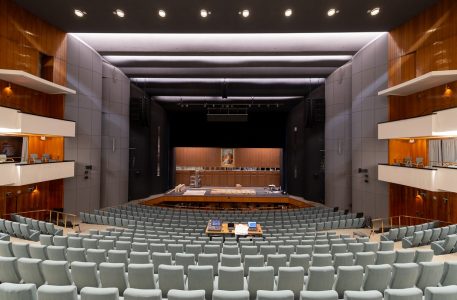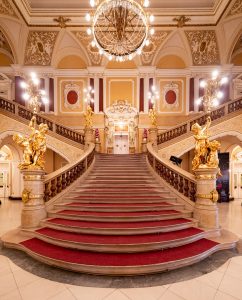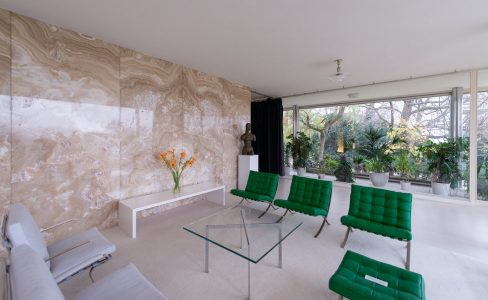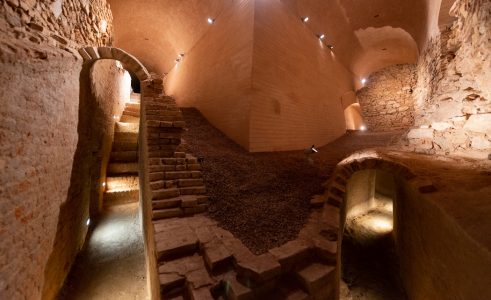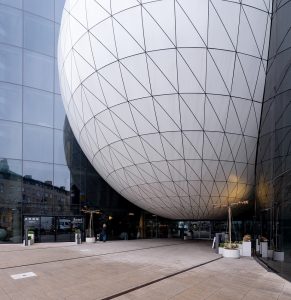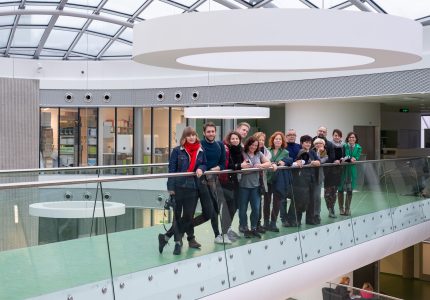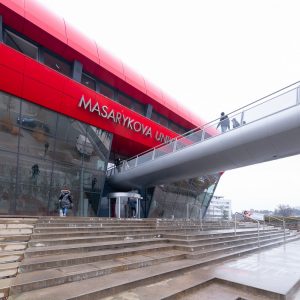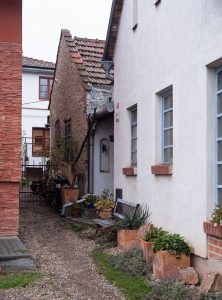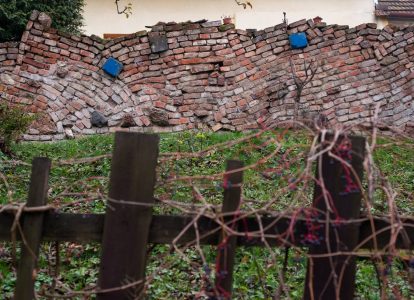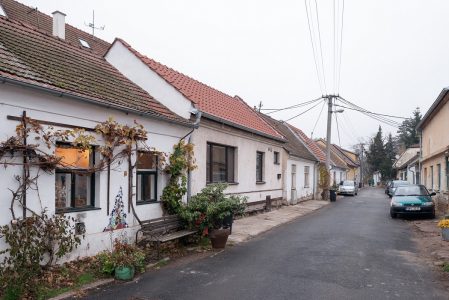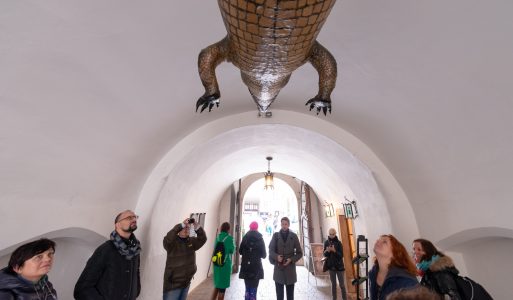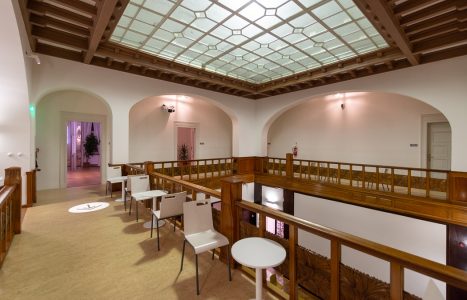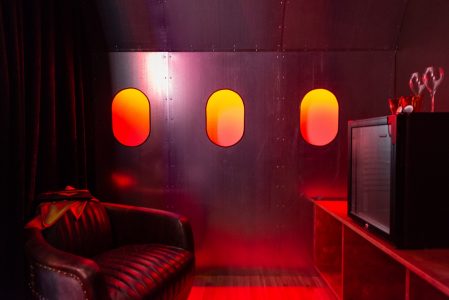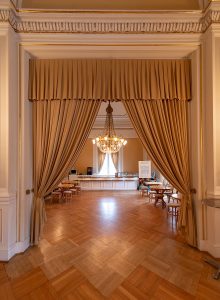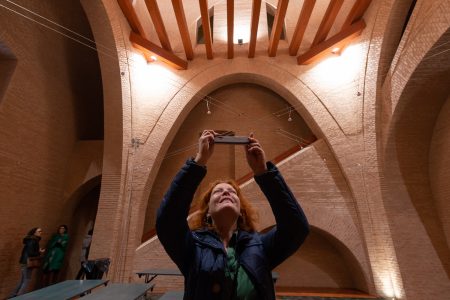We visited Brno, a.k.a. the architectural pearl of Moravia, for the very first time as part of our location tours, and frankly we have to admit that the visit exceeded all expectations. We could spend hours piling on the adjectives and metaphors – the southern metropolis certainly guarantees filmmakers more than they could wish for. Our colleagues from the Brno Film Office introduced us to the beauty of the city that can stand in not only for locations in Prague, but even Paris or Vienna just as easily.
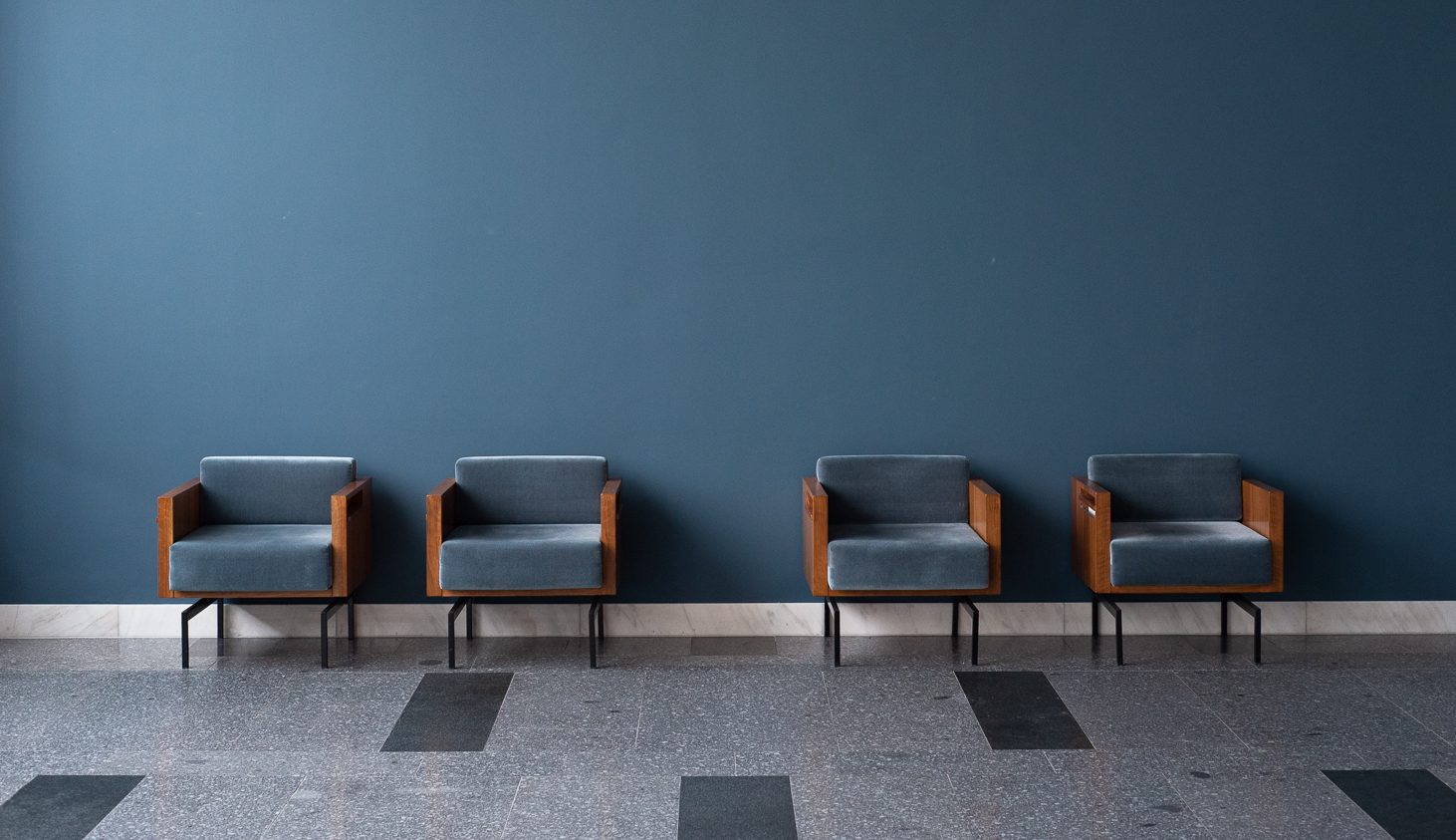
Janáček Theater | Photo: Czech Film Commission
If filmmakers are put off by the drive along the D1 highway, take heart – most crew members can take advantage of a convenient alternative – the train. Sit back and relax and in just over two hours you’re in Brno. We arrived refreshed and ready to start running around locations, starting at the design hotel Anybody.
This exciting new concept was rolled out by the seasoned owners of several famous bars such as Super Panda Circus, 4pokoje, Bar, which no longer exists, and the newly opened underground bar Slast. Each emphasises the visitor’s creativity, and it’s no different in Anybody’s hotel rooms. Their film-ready design and decor offer a unique experience for guests while making the filmmakers’ work that much easier.
During the city tour, we came across many architecturally diverse buildings, facades, and arcades – urban elements that document Brno’s significant progress throughout the 20th century. One such building was the Alfa Palace, which has not undergone any substantial changes since its construction in the 1930s. We saw the original details designed by Bohuslav Fuchs, the author of the grandly conceived residential building with a glass shopping arcade, a cinema, and an accessible flat roof.
You’ll even find interesting interiors in Brno’s theatres. The Mahen Theater, with its Neo-Renaissance-style façade, dominates Malinovský Square. The first electrically-lit theatre in Europe, its splendid decor perfectly recreates the atmosphere of the Parisian and Viennese bourgeois eras of the late 19th century. In contrast, the newly reopened Janáček Theatre is glorious in its minimalism and the traditionalist style of the 1960s. The comfortable furniture in Brussels style perfectly complements the spacious entrance hall, meeting rooms and exhibition space on the first floor.
Even the cold weather couldn’t dampen the enthusiasm of the fifteen location tour participants, and we continued on a wave of functionalism at the Era Café and then in the famous Tugendhat Villa, which once again breathes freedom, thanks to the owners and a careful renovation. Our tour participants could also feel the freedom at the Brno Exhibition Center, which sprawls out over 190,000 square meters. The complex, designed by Josef Kalous, is one of the most significant functionalist constructions in the world. The pavilions offer filmmakers unique, architecturally diverse interiors and extensive outdoor facilities for crews and building film sets.
One little-known location is the renovated underground casemates in Brno’s Špilberg Castle. Once one of the toughest prisons in the entire Habsburg empire, it’s now a creepy curiosity – an intriguing maze over a hundred meters long with seven-meter-wide corridors.
Also very film-friendly is the Sono Centrum, a modern music club with high-tech architecture. The main hall has four bars, three floors, two balconies, one small VIP balcony with access to the terrace, all with perfect acoustics. The space is adaptable to different requirements, and filmmakers can stay at the hotel which shares a roof with the club.
Our penultimate location also doesn’t lack in the variability department – the modern campus of Brno’s Masaryk University. The complex houses several university faculties, including 24 well-equipped pavilions for students. It also features a large information centre with a spacious library, an auditorium, several lecture halls, laboratories, and sports halls. Its endless bright, wide corridors enchant many a director.
We wound up our inspirational location tour in the heart of the outlying arts district Kamenka. The quarry besides which the community lies is no longer operational, but the spirit of the workers’ settlements remains today. Around 130 charming houses are clustered in a small valley; their owners constitute an independent artistic community that enriches the city’s atmosphere that much more.
